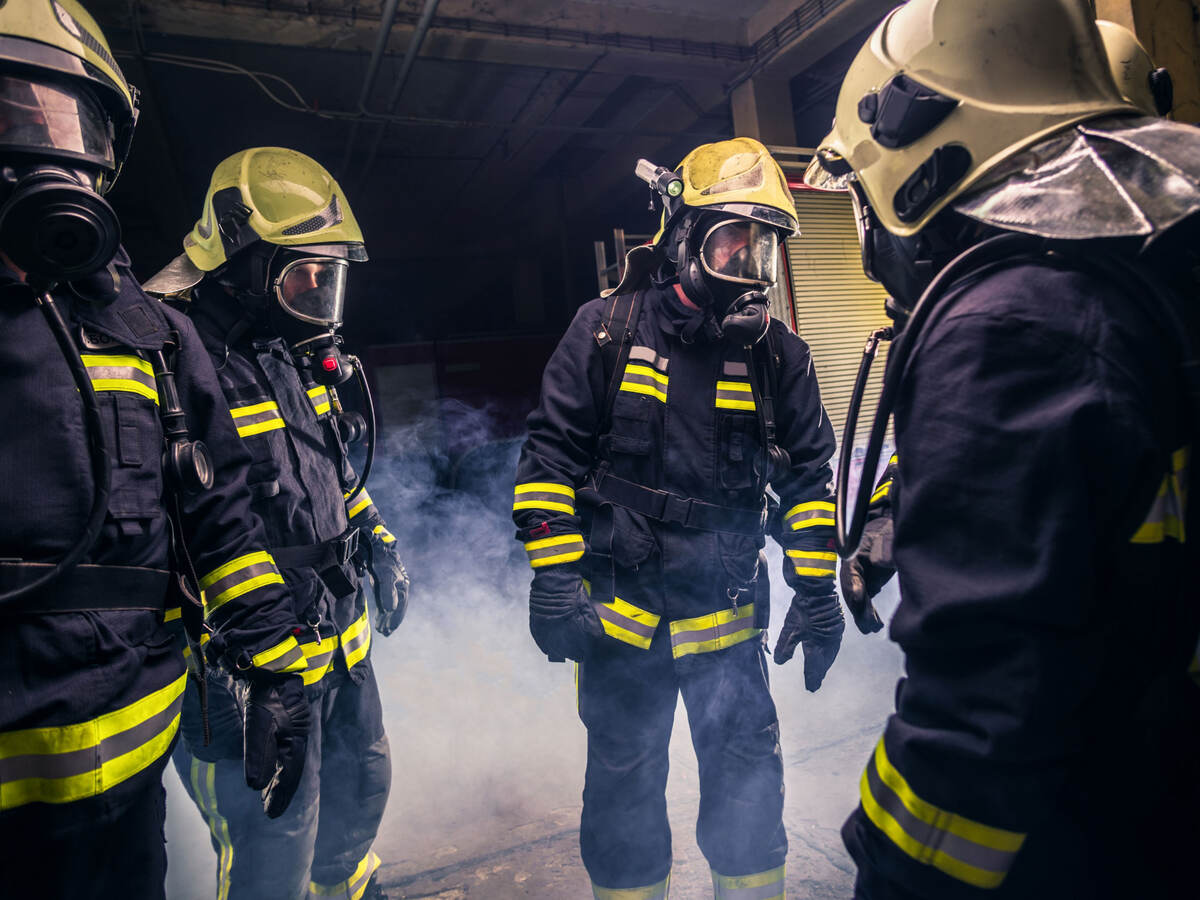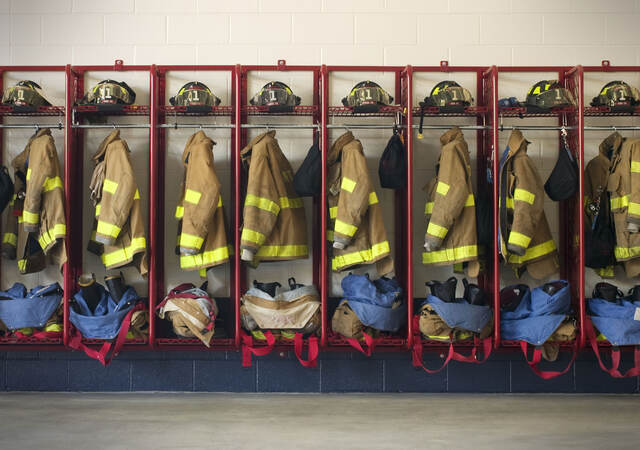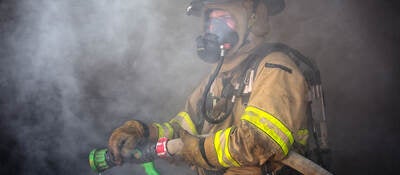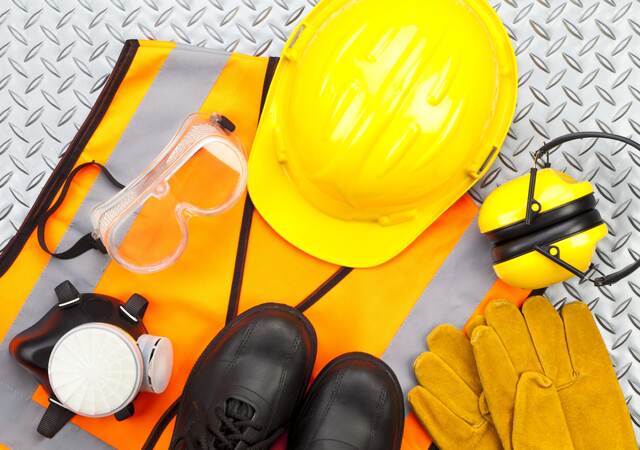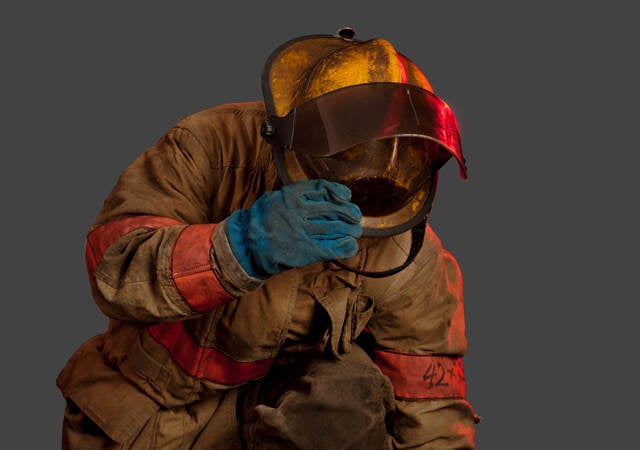August 24, 2024
The National Fire Protection Association (NFPA) began a project in 2020 to consolidate several standards related to Emergency Response & Responder Safety (ERRS). Within this project, several standards related to firefighter PPE will be issued soon. This consolidation is set to impact manufacturers of firefighting equipment, with significant changes expected in the standards governing various personal protective equipment (PPE).
The NFPA 1971, which covers structural and proximity firefighting ensembles such as helmets, footwear, gloves, garments and hoods, and NFPA 1975, which pertains to station uniforms, are among the key standards undergoing consolidation. Additionally, NFPA 1981, which covers self-contained breathing apparatus (SCBA), and NFPA 1982, which relates to personal alert safety systems (PASS), will also be integrated into a single comprehensive standard – NFPA 1970.
Testing requirements
Every five years, the NFPA responsible technical committees review and update their applicable standards. Part of the consolidation project also includes revising the original standards. This process consisted of harmonizing the scopes, references, definitions and certification requirements from all the standards into single chapters, while reorganizing the labeling, design, performance and testing chapters of each standard into separate and consecutive chapters.
While reorganizing the structure of the standards, the technical committees also revised the requirements to reflect the latest advancements in technology and scientific understanding. This means that all PPE for structural and proximity firefighting will be affected by the new consolidated standard.
The consolidation into NFPA 1970 will affect a wide range of firefighting PPE, including structural and proximity firefighting ensembles, SCBAs, station work uniforms and PASS devices.
Some key updates
- New hood requirements: Structural firefighting hoods must have particulate blocking capabilities.
- Labeling for PFAS: New labeling option that will indicate the amount of PFAS present in the ensemble.
- Restricted substances: New requirements are being added to test key materials in the ensembles for known restricted substances.
- Electrical circuitry: The criteria for rating SCBA and other electronic devices for explosive environments has been adopted within the NFPA 1970 standard. The requirements for intrinsic safety have also been opened to allow for nonincendive devices as well.
Timeline and transition
UL Solutions is anticipating the NFPA 1970 standard to be issued in late August 2024. Once the new standard is issued, manufacturers will need to ensure that any new products certified after this date comply with the updated requirements. There will be a 12-month implementation period for the ensemble products (structural and proximity ensembles and station work uniforms) and an 18-month grace period for SCBA and PASS products. This means that any products meeting the old editions of their applicable standards will need to be updated to the new requirements before the implementation period is over.
This consolidation marks a significant step in firefighter safety standards, providing a cohesive and comprehensive framework for manufacturers and end-users alike.
How UL can help
As a global safety science leader, UL Solutions leverages our decades of experience testing and certifying PPE to help manufacturers efficiently and cost-effectively evaluate their products for compliance with relevant safety standards.
Our testing and certification services for personal protective equipment can help you navigate updated and changing standards, support compliance and help enhance confidence that PPE equipment has been certified to stringent safety requirements.
Get connected with our sales team
Thanks for your interest in UL's products and services. Let's collect some information so we can connect you with the right person.

